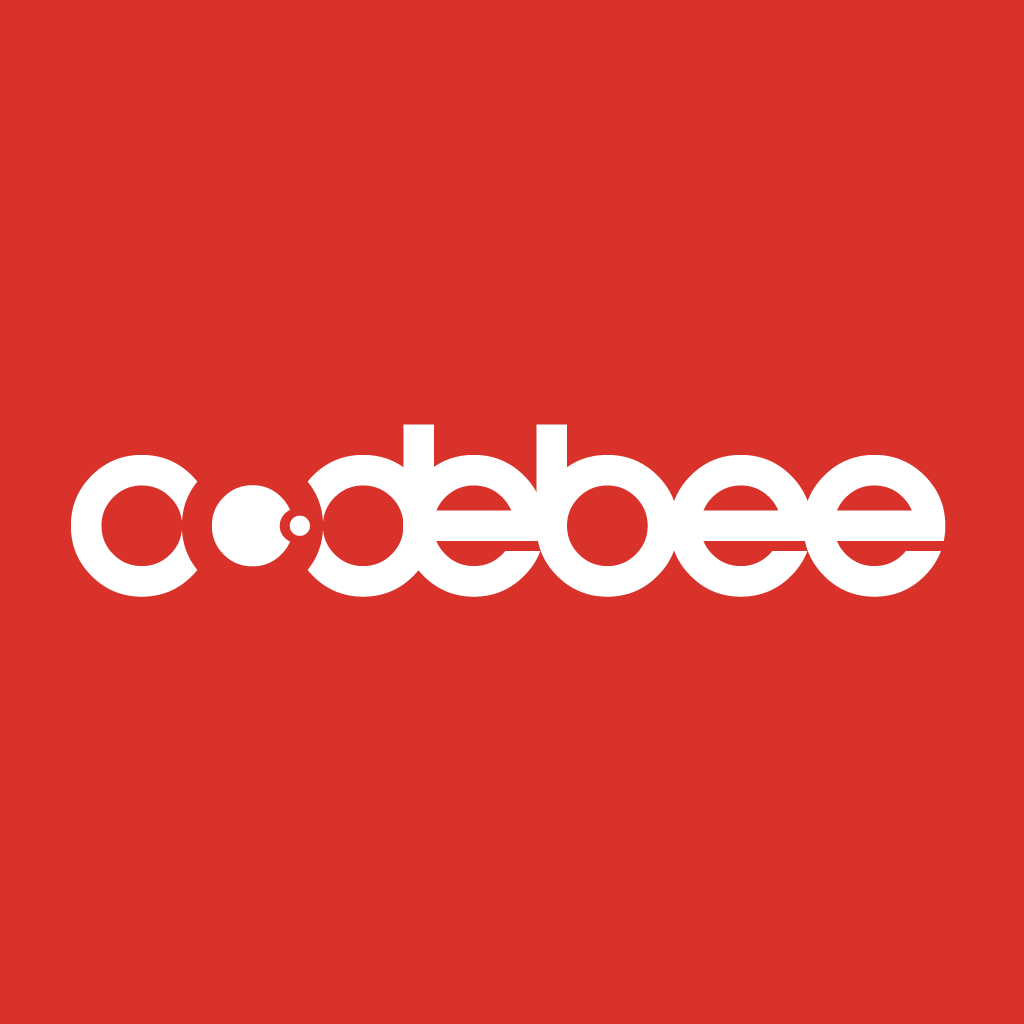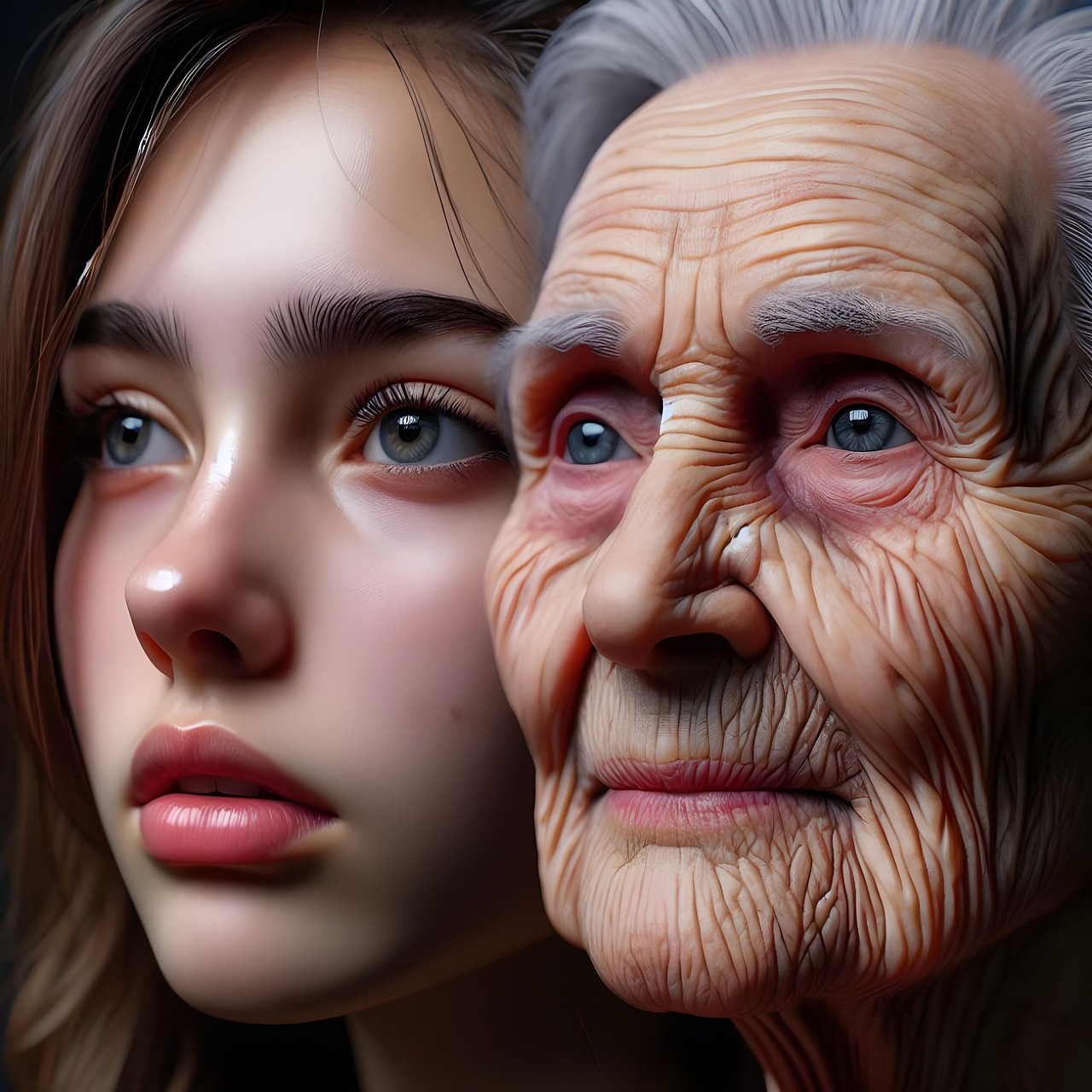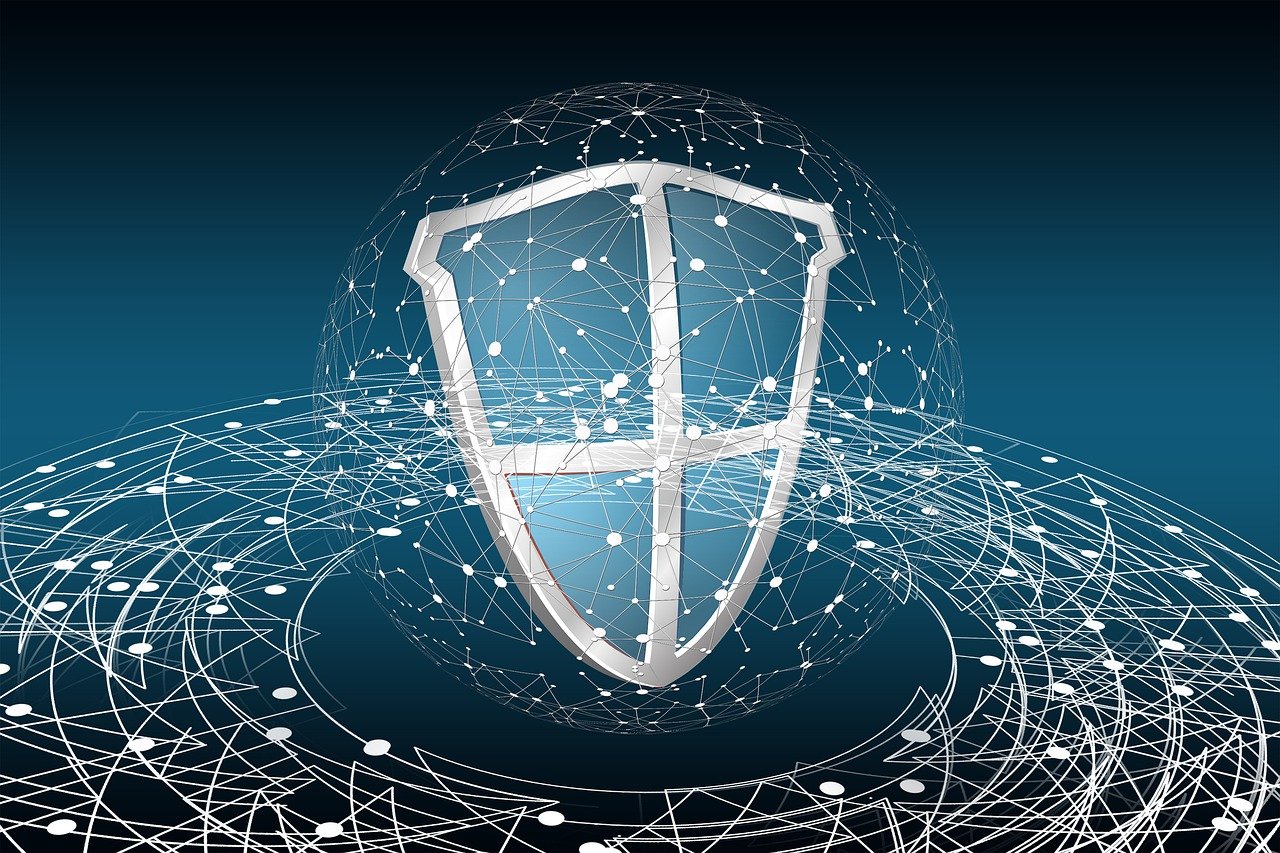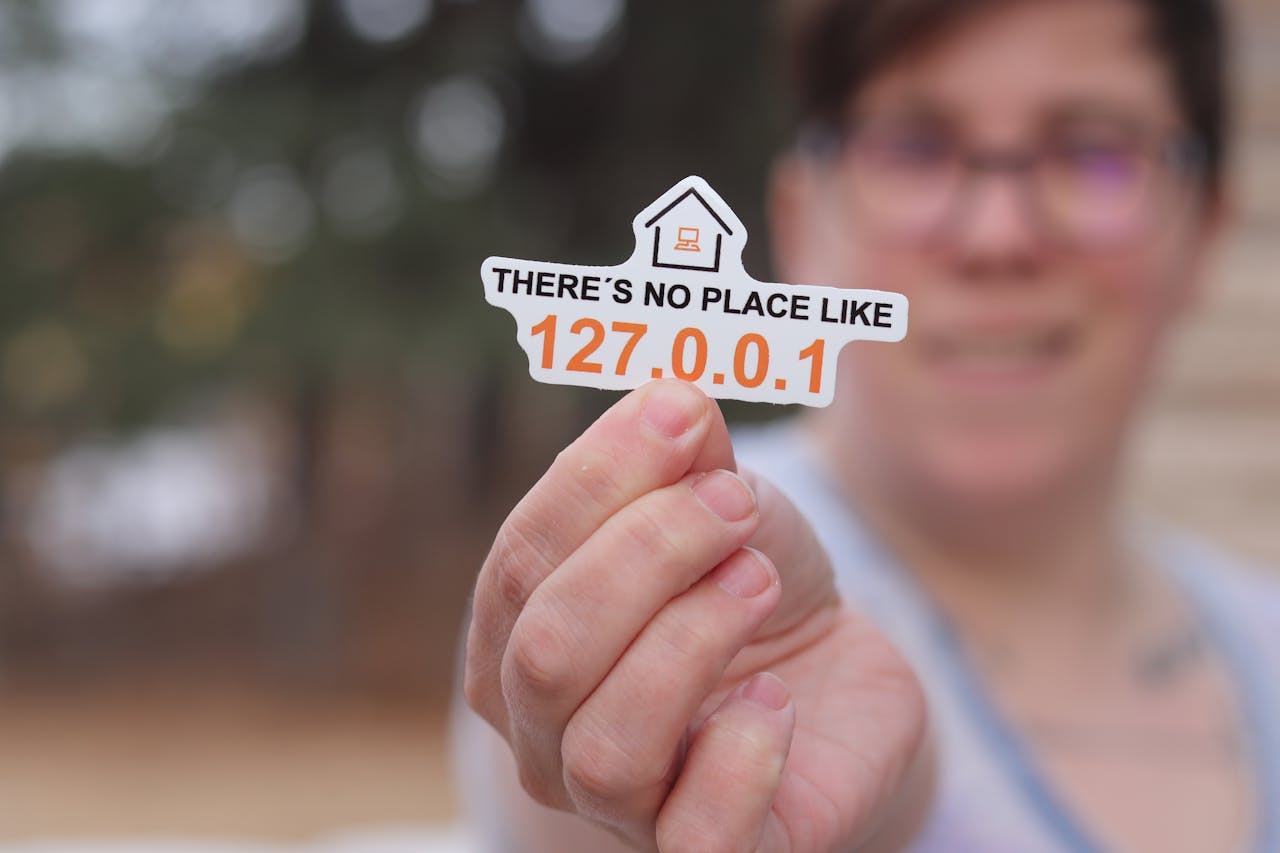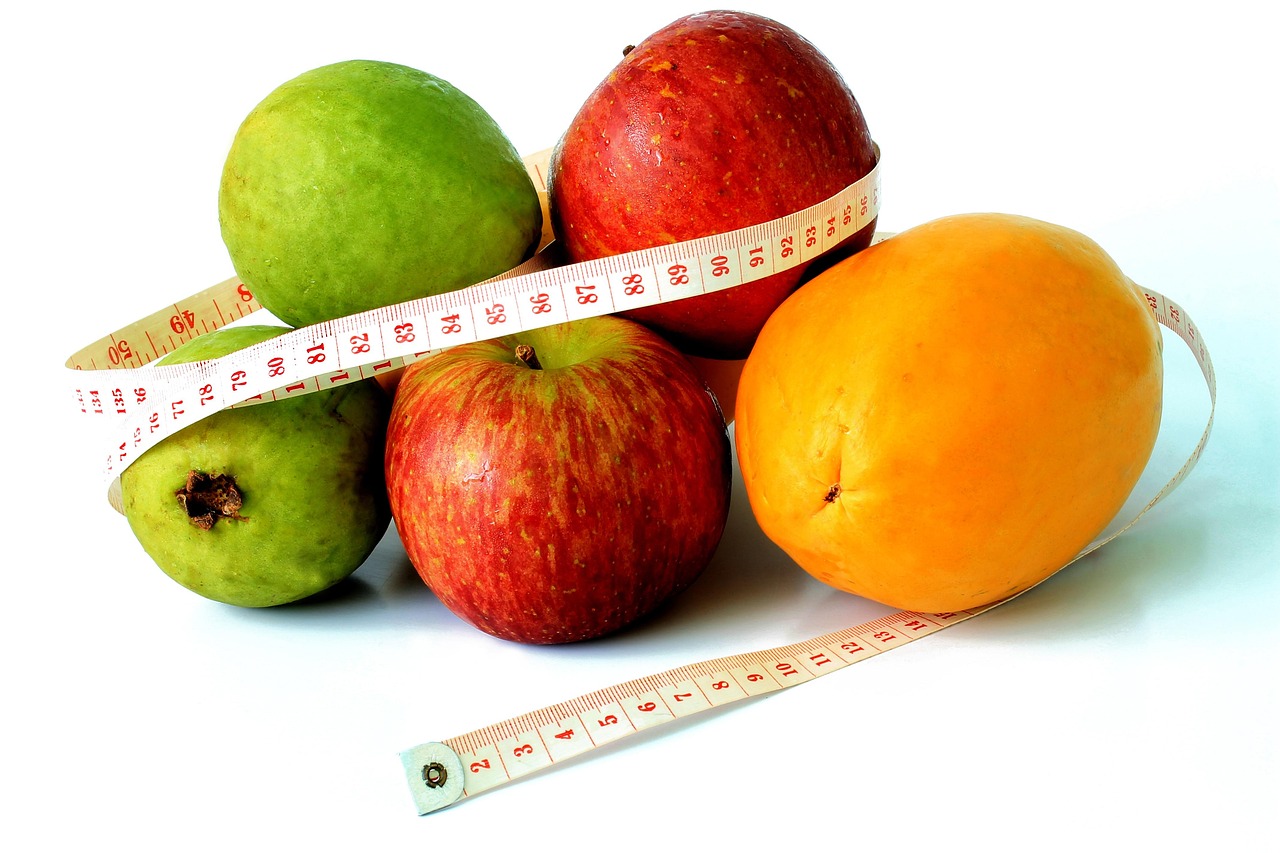Binary to Decimal
Binary to Decimal is the process of converting a binary (base-2) number into its corresponding decimal (base-10) representation. Binary numbers are used in computing and digital electronics because they represent values using two digits: 0 and 1. Decimal, on the other hand, is the standard number system used in everyday life, which is based on 10 digits (0-9). Converting from binary to decimal allows us to interpret binary data in a more familiar format.
Binary to Decimal is the process of converting a binary (base-2) number into its corresponding decimal (base-10) representation. Binary numbers are used in computing and digital electronics because they represent values using two digits: 0 and 1. Decimal, on the other hand, is the standard number system used in everyday life, which is based on 10 digits (0-9). Converting from binary to decimal allows us to interpret binary data in a more familiar format.
How It Works:
- Start from the rightmost digit: Each binary digit (bit) represents a power of 2, starting from 202^0 for the rightmost digit and increasing by 1 as you move to the left.
- Multiply each binary digit by 2 raised to the power of its position: The position starts at 0 for the rightmost digit.
- Sum the results: Add up all the products to get the decimal equivalent.
Example of Binary to Decimal Conversion:
- Binary:
1101
-
Assign powers of 2 to each digit:
- The rightmost digit represents 202^0
- The next digit to the left represents 212^1
- Then 222^2
- Then 232^3
-
Convert binary digits to powers of 2:
1× 23=1×8=82^3 = 1 × 8 = 81× 22=1×4=42^2 = 1 × 4 = 40× 21=0×2=02^1 = 0 × 2 = 01× 20=1×1=12^0 = 1 × 1 = 1
-
Sum the results:
8 + 4 + 0 + 1 = 13
So, the binary number 1101 is equivalent to the decimal number 13.
Example 2:
- Binary:
10101
-
Assign powers of 2 to each digit:
- 242^4 for the leftmost digit
- 232^3
- 222^2
- 212^1
- 202^0
-
Convert binary digits to powers of 2:
1× 24=1×16=162^4 = 1 × 16 = 160× 23=0×8=02^3 = 0 × 8 = 01× 22=1×4=42^2 = 1 × 4 = 40× 21=0×2=02^1 = 0 × 2 = 01× 20=1×1=12^0 = 1 × 1 = 1
-
Sum the results:
16 + 0 + 4 + 0 + 1 = 21
So, the binary number 10101 is equivalent to the decimal number 21.
Steps of Conversion:
- Step 1: Write down the binary number.
- Step 2: Assign each binary digit (bit) a position, starting from 0 on the right.
- Step 3: Multiply each bit by 2n2^n, where nn is the position of the bit.
- Step 4: Sum all the results to get the decimal number.
Common Uses of Binary to Decimal Conversion:
-
Computer Systems: Binary is the fundamental number system used in computer architecture and digital electronics. Converting binary to decimal helps understand the data being processed or stored.
-
Programming and Debugging: When working with low-level operations or binary data in programming, converting binary to decimal helps with debugging or interpreting the results.
-
Networking and Data Representation: In networking, IP addresses and other data are often represented in binary. Converting binary to decimal helps with analysis and understanding.
-
Mathematics and Education: In education, learning how to convert binary to decimal is an important step in understanding number systems and binary arithmetic.
Why Use Binary to Decimal Conversion?
- Interpretation: Converting binary to decimal makes the binary data readable and interpretable in the decimal number system.
- Data Processing: Binary numbers are often used in computing, but decimal numbers are easier for humans to understand and work with.
- Compatibility: Many systems or applications may require decimal numbers for input, calculations, or output, so converting binary data to decimal ensures compatibility.
Binary to Decimal Table for Reference:
Here are a few examples of binary numbers and their decimal equivalents:
101(binary) =5(decimal)1110(binary) =14(decimal)10011(binary) =19(decimal)
Binary to Decimal converters are available in online tools, programming languages, and software applications, making it easy to convert binary numbers into decimal for a variety of practical uses.






